
Study Modes
Structured and flexible options: Online, In-Class, or Accelerated.
Placement is a core part of every nationally recognised early childhood course. At ITAC, you’ll complete 160 to 440 hours (depending on your course) in a real, regulated early learning service. You’ll work directly with babies, toddlers, and preschoolers—applying your learning in authentic settings under the guidance of qualified educators.
With experienced trainers based across Australia, we support you before, during, and after placement to help you succeed. Many students even secure employment through the connections they make during placement.

Here are the top questions we get regarding placement:
The number of hours depends on which course you’re enrolled in:
These are government-mandated minimums that apply to all training providers—there are no shortcuts, exceptions, or ways around them. The hours are designed to ensure you gain enough hands-on experience to be truly job-ready.
You don’t have to complete your hours in one block. Most students do 2–3 days per week, which spreads the placement over 6–10 weeks (for Certificate III and Diploma). Others prefer to do full-time blocks or attend just one day per week if they have other commitments. As long as your total hours are met and the service is suitable, your schedule can be adapted to what works best for you.
You’ll need to work with all key early childhood age groups as part of your placement:
This is a national requirement for early childhood qualifications. To be marked competent in certain assessments, you must demonstrate your skills with children from each of these age ranges. You can’t complete the course by only working in, say, the toddler or preschool room.
If your centre doesn’t have babies or if you’re unsure whether all age groups are available, let us know early.
Yes—but only if specific conditions are met. The placement site must be an approved family day care (FDC) service and meet all the same national requirements as a long day care centre.
For Certificate III, the service must:
For the Diploma or combined programs, you can complete part of your hours in an FDC setting but not all (due to the babies requirement). If you're considering an FDC placement, contact us early so we can review the service and confirm it meets the national placement requirements.
Yes, you can count paid hours—if the job and service meet the placement requirements.
To be eligible:
In other words, you can’t just submit payslips or log hours from unrelated tasks (e.g. cleaning, admin). Your paid work must include the same learning activities as a formal placement.
Some employers are very supportive and will allow time during shifts for observation, supervision, and assessment tasks. Others may require you to complete assessments outside your work hours. Either option is acceptable as long as all requirements are met.
If you're working in the sector already, let us know as early as possible. We can help confirm if your role is suitable and coordinate your placement and assessments around your paid position.
We recommend starting to think about placement after your first few assessments, especially if you have contacts who may be able to help—such as friends, family, or colleagues who work in early childhood services. This can give you a head start in securing a spot at a preferred location.
However, for Certificate III, we generally advise not to begin placement until most or all theory is completed. That way, you’ll be fully prepared and able to complete all placement tasks without delays. Starting too early often leads to repeated visits, missed assessment requirements, or time lost.
For Diploma students (or those doing the combined program), the timing is more flexible. In these cases, your trainer or our placement coordination team will advise based on your progress and individual circumstances.
If in doubt, check with your trainer before locking anything in. They can help confirm when you’re ready and whether your preferred service is suitable.
Yes—ITAC has a dedicated team that assists students in securing placements. However, because we place a large number of students nationwide and compete with TAFEs and universities for limited spots, we can’t always guarantee a placement that matches your exact preferences.
In some cases, you may be placed at a service that works predominantly with certain age groups you may not prefer, such as toddlers instead of babies. That’s because national requirements mean you must work with all age groups—babies, toddlers, and preschoolers—so your placement must provide access to the full range.
We strongly recommend that students also reach out through their own networks—family, friends, neighbours, or community contacts. Services are often more open to accepting students with a personal connection, and this can significantly improve your chances of getting your preferred room or schedule.
Many of our students secure paid jobs through these connections, so it’s worth starting the conversation early. If you’re unable to find a placement, our team will assist, but some flexibility may be required with travel, days, or age group preferences.
For Certificate III, yes—placement should generally begin only after you’ve completed most or all of your theory assessments. This ensures you're properly prepared and able to complete all practical tasks without delays or confusion.
For Diploma or combined program students, the situation is more flexible. Depending on your progress and the structure of your course, you may begin placement earlier—but only if approved by your trainer or our placement team. In all cases, certain theory topics must be completed first so you can demonstrate the required knowledge in the workplace.
If you're not sure whether you're ready to start, speak with your trainer or placement coordinator first. They’ll advise the best timing based on your progress and course requirements.
Yes, this is generally allowed—but with conditions.
For centre-based services (like long day care), we advise against working in the same room your child attends. This can create boundary issues and affect the dynamics of both your learning and your child’s experience. Most services will also prefer that you are placed in a different room. That said, it’s ultimately the service’s decision, and some may approve it under certain circumstances.
In family day care (FDC), separating rooms isn’t always possible due to the home-based setting. In these cases, we assess placements individually. We may approve it as long as all other requirements are met—particularly access to all age groups, and supervision by a suitably qualified educator.
If you’re considering a placement where your child is enrolled, speak to your trainer or our placement team first. We’ll help determine if the arrangement is acceptable and whether any adjustments are needed to ensure full compliance.
Most students complete placement over 2–3 days per week, which is also the preferred arrangement for many services. This pacing allows you to build skills steadily without overwhelming your schedule, and it spreads out your learning so you get the most from each visit.
That said, there’s flexibility. You can attend full-time in blocks (e.g. 5 days per week), do 1 day per week, or mix and match depending on your availability and the service's preferences. Just ensure your schedule allows you to meet the total required hours and complete your assessment tasks within your enrolment period.
Talk to your trainer if you need help planning your placement schedule—they’ll help you find a workable approach based on your course, commitments, and deadlines.
We conduct placement visits because it's a regulatory requirement and a core part of quality training. Your trainer will observe you in action, check your progress, and provide feedback to help you build confidence and improve your skills.
But it’s not just about compliance—services also expect it. Many centres won’t accept students from providers that don’t visit, and in some cases, students from non-visiting RTOs have been overlooked for jobs or had their qualifications questioned. Worse still, some providers have had their graduates’ qualifications revoked for poor quality training and assessment.
At ITAC, we have trainers based in all major cities and regions, including Perth, Adelaide, Melbourne, Sydney, Brisbane, and Canberra. Your trainer will come to the service during placement to support you, ensure everything is on track, and complete the required assessment tasks.
Choosing a provider that conducts site visits protects both your qualification and employability.
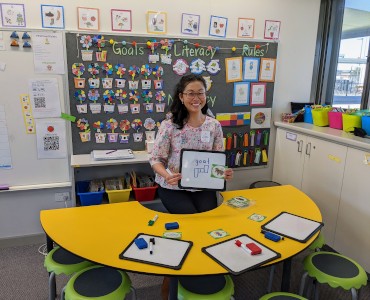
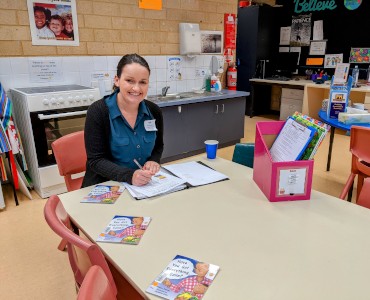
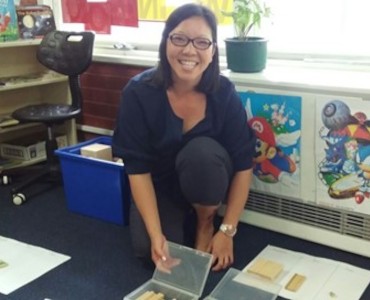
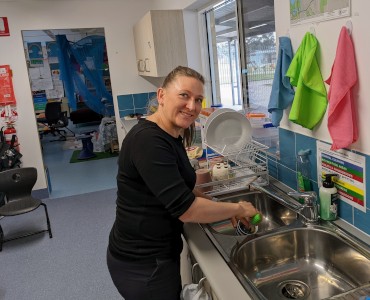
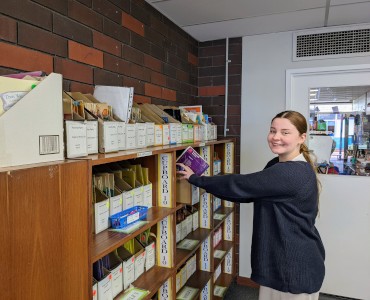
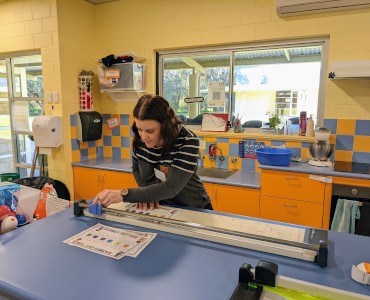
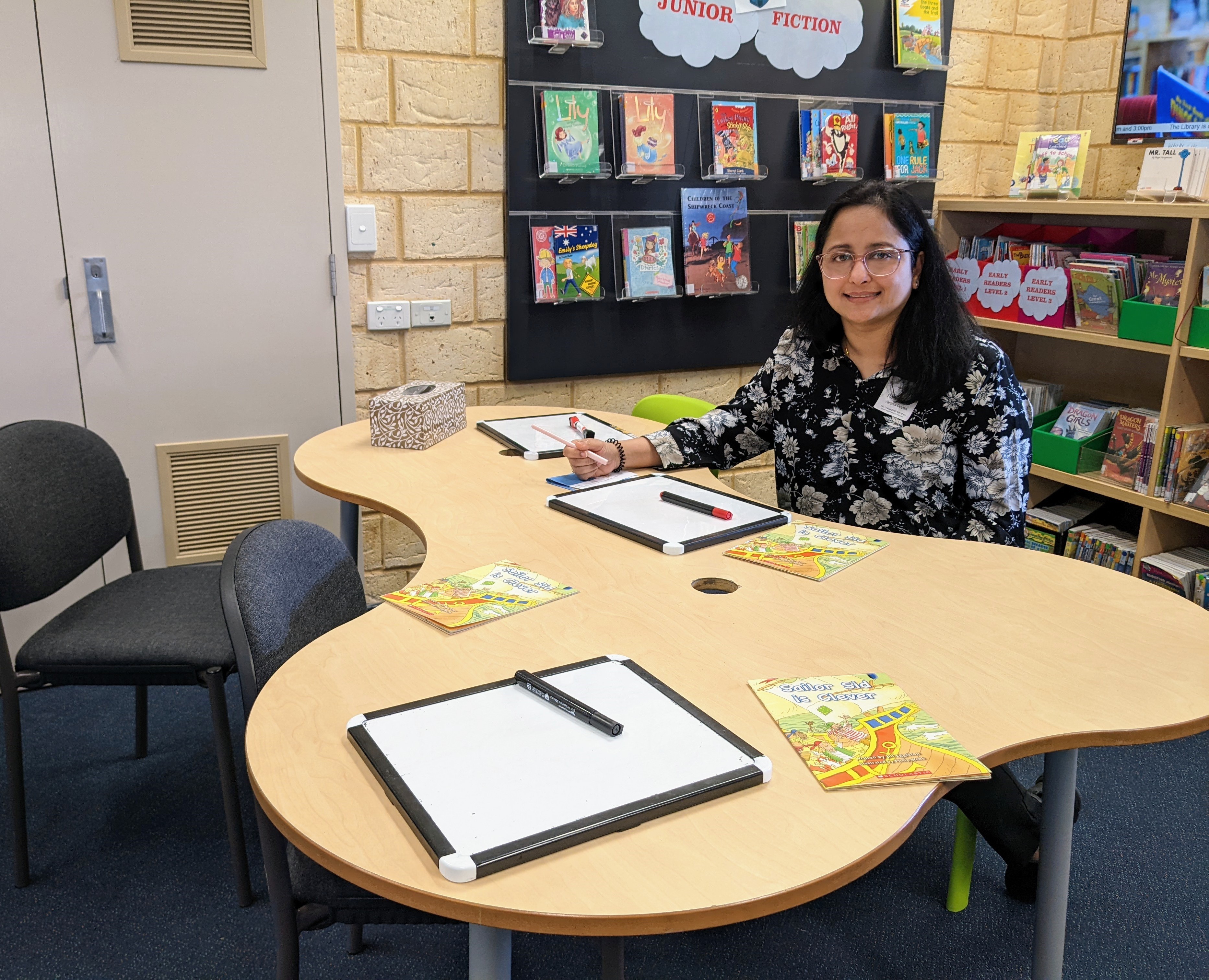
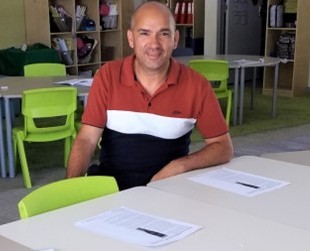
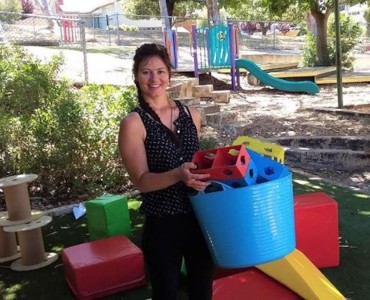
Finish faster with our streamlined dual-qualification model—exclusive to ITAC.
Trainer visits and tailored support during your school or childcare placement.




Experienced trainers across major Australian cities, providing tailored support and local insights throughout your studies.
24/7 access to our comprehensive digital resources, allowing you to study at your own pace, wherever you are in Australia.
Dedicated team committed to your success, offering academic guidance and practical assistance to help you balance study with life's demands.

Experience our range of innovative programs at ITAC, enhancing your educational journey towards success.



